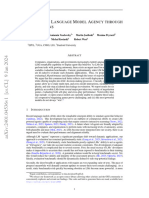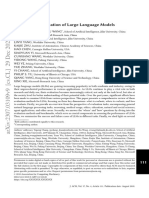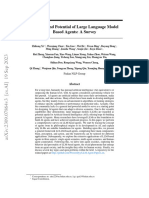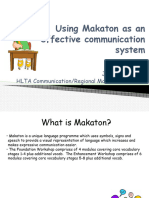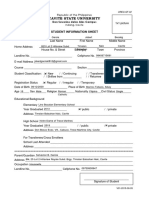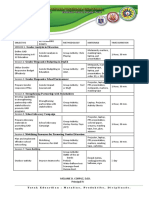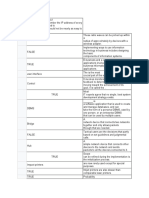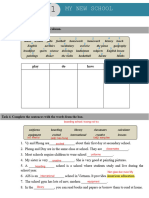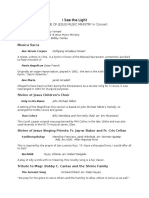0% found this document useful (0 votes)
49 views19 pagesChapter 19 - Evaluation and Monitoring
Chapter 19 discusses methodologies for evaluating and monitoring intelligent agents, focusing on performance assessment, compliance, and anomaly detection. It outlines practical applications such as performance tracking, A/B testing, and compliance audits, and provides hands-on code examples for evaluating agent responses and monitoring interactions. The chapter emphasizes the importance of sophisticated metrics and frameworks for effective evaluation in real-world scenarios.
Uploaded by
raghunandhan.ptgCopyright
© © All Rights Reserved
We take content rights seriously. If you suspect this is your content, claim it here.
Available Formats
Download as PDF, TXT or read online on Scribd
0% found this document useful (0 votes)
49 views19 pagesChapter 19 - Evaluation and Monitoring
Chapter 19 discusses methodologies for evaluating and monitoring intelligent agents, focusing on performance assessment, compliance, and anomaly detection. It outlines practical applications such as performance tracking, A/B testing, and compliance audits, and provides hands-on code examples for evaluating agent responses and monitoring interactions. The chapter emphasizes the importance of sophisticated metrics and frameworks for effective evaluation in real-world scenarios.
Uploaded by
raghunandhan.ptgCopyright
© © All Rights Reserved
We take content rights seriously. If you suspect this is your content, claim it here.
Available Formats
Download as PDF, TXT or read online on Scribd
/ 19






